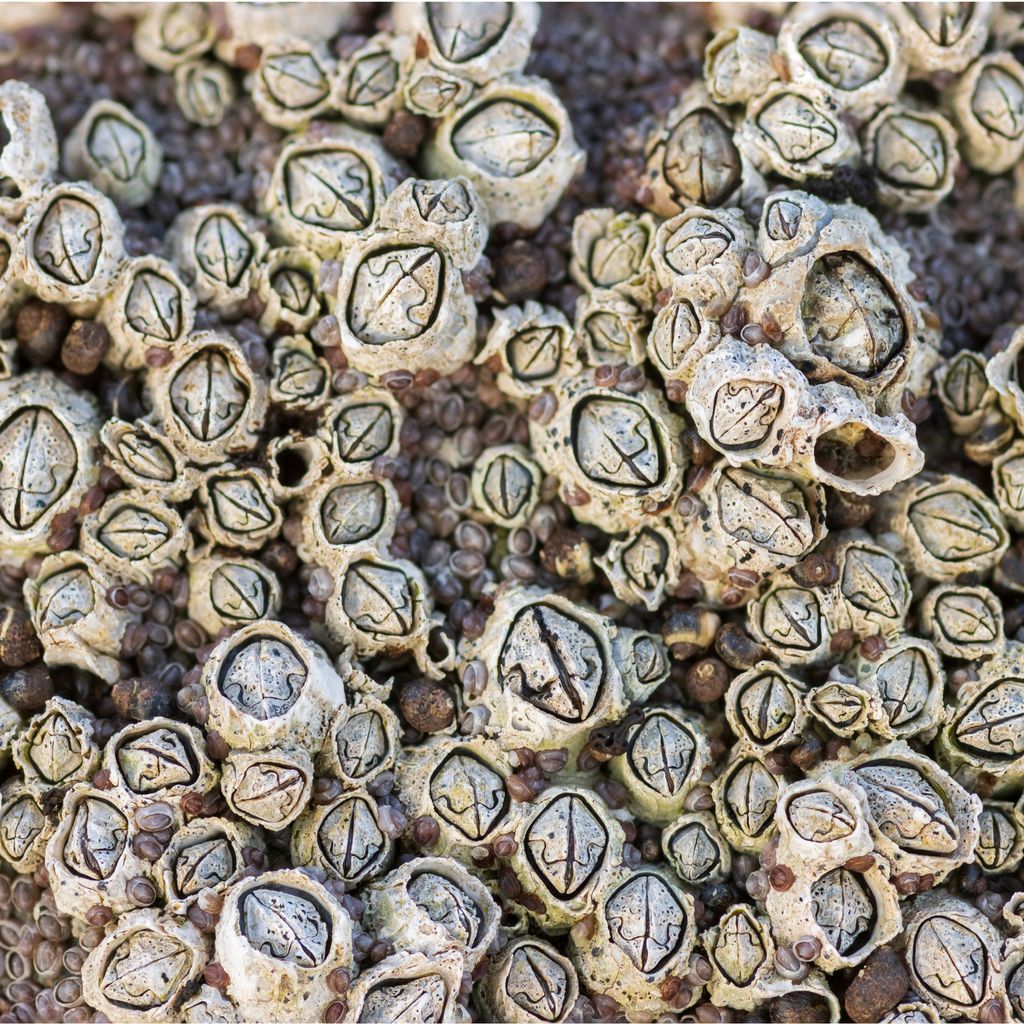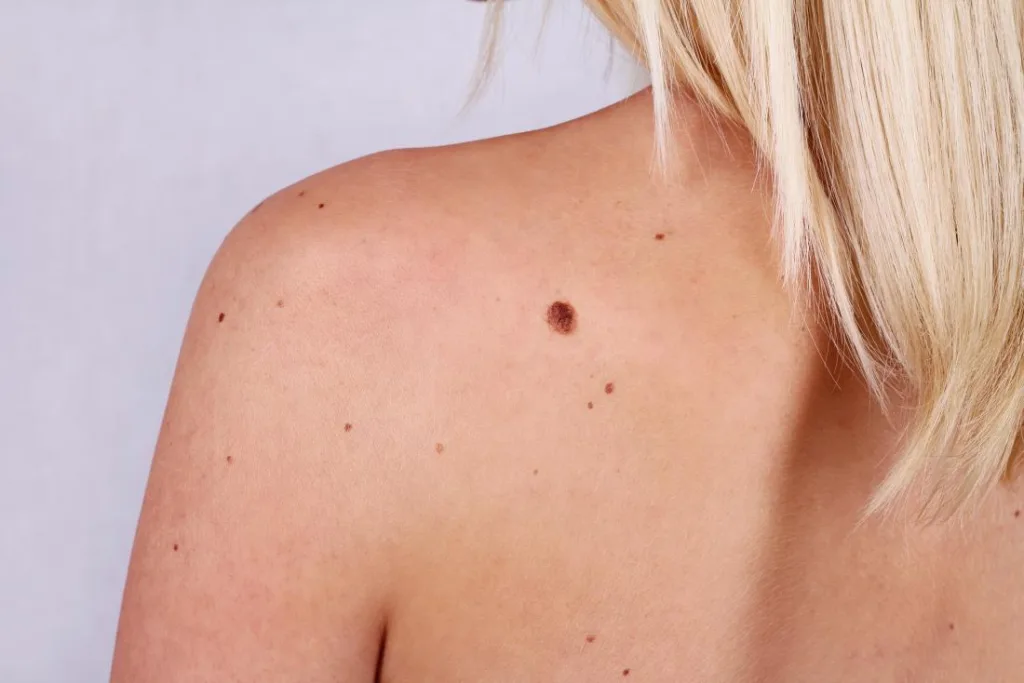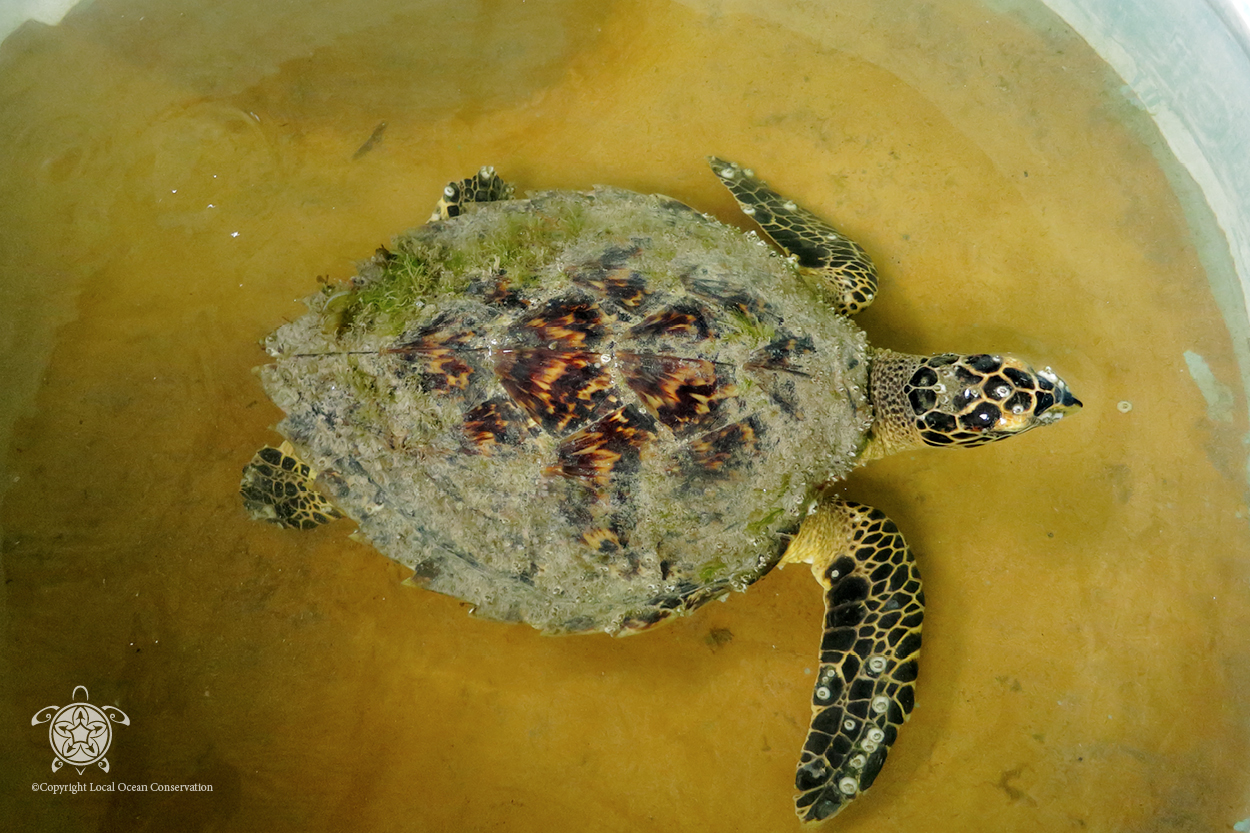What Are Barnacles On Humans? Unveiling The Truth Behind Skin's Stubborn Guests
Apr 11 2025
Have you ever noticed those weird bumps on your skin that just won't go away? Well, they might not be barnacles, but let's dive into what people often mistake for "barnacles on humans." Imagine your skin as a ship sailing through life's ocean, and sometimes, these pesky little hitchhikers decide to tag along. But don't panic—most of the time, they're harmless, albeit annoying.
Now, before we get into the nitty-gritty, let's clear something up. Barnacles, the marine creatures you see attached to whales and ships, don't actually grow on humans. But there are some skin conditions and growths that people jokingly refer to as "barnacles" because of their stubborn nature. So, let's explore what these skin tags, moles, and other growths are all about.
This article will take you on a journey through the world of skin conditions that resemble barnacles. We'll cover everything from identifying these growths to understanding their causes and treatments. Whether you're dealing with a new bump or just curious about skin health, you're in the right place.
Here’s a quick guide to what we’ll cover:
- What Are Barnacles on Humans?
- Common Skin Conditions Mistaken for Barnacles
- Causes of Skin Growths
- Diagnosing Skin Growths
- Treatment Options
- Preventing Skin Growths
- Home Remedies for Skin Tags
- Are Skin Growths Dangerous?
- When to See a Doctor
- Final Thoughts
What Are Barnacles on Humans?
Alright, let's cut to the chase—barnacles on humans are actually a misnomer. In the marine world, barnacles are crustaceans that attach themselves to surfaces like ships, rocks, and even whales. But when it comes to humans, we're talking about skin growths that people jokingly compare to barnacles because of their tendency to stick around.
These growths can include skin tags, moles, warts, and other benign lesions. While they may not be actual barnacles, they can certainly feel like unwelcome guests on your skin. Let's break it down further:
Types of Skin Growths
Here are some of the most common types of skin growths:
- Skin Tags: Small, soft growths that hang off the skin, often found in areas like the neck, armpits, and groin.
- Moles: Pigmented spots that can be flat or raised, and may appear anywhere on the body.
- Warts: Rough, raised bumps caused by the human papillomavirus (HPV).
- Seborrheic Keratoses: Benign growths that look like stuck-on spots, often found in older adults.
Common Skin Conditions Mistaken for Barnacles
When people talk about "barnacles on humans," they're usually referring to one of these common skin conditions:
Skin Tags
Skin tags, or acrochordons, are small, fleshy growths that can appear almost anywhere on the body. They're usually harmless and painless, but they can become irritated if they rub against clothing or jewelry. Skin tags are more common in people who are overweight or have diabetes.
Moles
Moles, or nevi, are clusters of pigmented cells that can appear on the skin. Most moles are harmless, but it's important to monitor them for any changes in size, shape, or color, as this could indicate a more serious condition like melanoma.
Seborrheic Keratoses
These growths are often described as looking like they've been "stuck on" the skin. They can vary in color from light tan to dark brown and may have a waxy or scaly texture. Seborrheic keratoses are more common in older adults and are usually benign.
Causes of Skin Growths
So, what causes these pesky growths to appear on our skin? The answer depends on the type of growth:
- Skin tags are often caused by friction, such as from skin rubbing against skin or clothing.
- Moles are the result of clusters of pigmented cells, and some people are genetically predisposed to developing more moles.
- Warts are caused by the human papillomavirus (HPV) and can spread through direct contact.
- Seborrheic keratoses are thought to be linked to aging and genetics.
Diagnosing Skin Growths
When it comes to diagnosing skin growths, it's important to consult a dermatologist. They can perform a visual examination and, if necessary, a biopsy to determine the nature of the growth. Here's what you can expect:
Visual Examination
A dermatologist will look at the growth's size, shape, color, and texture to determine whether it's benign or potentially harmful.
Biopsy
In some cases, a biopsy may be necessary to rule out more serious conditions like skin cancer. This involves removing a small sample of the growth for laboratory analysis.
Treatment Options
If you're dealing with a skin growth that's bothering you, there are several treatment options available:
Surgical Removal
For larger or problematic growths, surgical removal may be recommended. This can be done using methods like excision, cryotherapy (freezing), or electrosurgery (burning).
Laser Treatment
Laser treatment is another option for removing certain types of skin growths, particularly moles or seborrheic keratoses. This method uses concentrated light to destroy the growth without damaging surrounding skin.
Topical Treatments
For warts, over-the-counter topical treatments containing salicylic acid can be effective. However, it's important to follow the instructions carefully and consult a healthcare professional if the wart doesn't improve.
Preventing Skin Growths
While some skin growths are inevitable, there are steps you can take to reduce your risk:
- Wear loose-fitting clothing to minimize friction.
- Protect your skin from excessive sun exposure to reduce the risk of developing moles or other growths.
- Practice good hygiene to prevent the spread of HPV, which can cause warts.
Home Remedies for Skin Tags
If you're looking for a more natural approach, there are some home remedies that people swear by:
Tea Tree Oil
Tea tree oil has natural antiseptic properties and may help reduce the appearance of skin tags over time. Apply a small amount to the affected area using a cotton swab, and repeat daily.
Apple Cider Vinegar
Apple cider vinegar is another popular home remedy. Soak a cotton ball in the vinegar and apply it to the skin tag, securing it with a bandage overnight. Repeat this process for several days.
Are Skin Growths Dangerous?
Most skin growths are benign and harmless, but there are exceptions. If you notice any changes in a mole's size, shape, or color, or if a growth becomes painful, it's important to seek medical attention. These could be signs of a more serious condition like melanoma.
When to See a Doctor
Here are some situations where you should consult a healthcare professional:
- A growth changes in size, shape, or color.
- A growth becomes painful or bleeds.
- You're unsure whether a growth is benign or potentially harmful.
Final Thoughts
While "barnacles on humans" might sound alarming, most skin growths are harmless and easily treatable. Whether you're dealing with skin tags, moles, or seborrheic keratoses, understanding their causes and treatment options can help you make informed decisions about your skin health.
Remember, if you're ever in doubt, it's always best to consult a dermatologist. They can provide a proper diagnosis and recommend the most effective treatment plan. So, take care of your skin—it's the only one you've got!
And hey, don't forget to share this article with your friends. Knowledge is power, and who knows? You might just help someone else understand their skin a little better. Cheers to healthy skin and happy sailing through life's ocean!


